C19 Gay Porn Photography and Painting
I was looking at this C19 gay porn photograph and was unsure whether it actually was an old image:
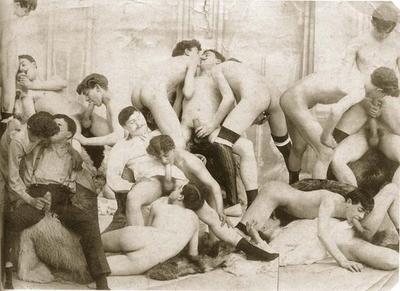
It was so like lots of modern Belami stuff:

And I hadn't seen anything old on such a large scale before.
There is another (perhaps explanatory) layer of complexity. The image could be a composite of a number of smaller photographs. This was not uncommon last century with large scale works. Certainly, each group seems a self-contained composition, not needing anything else to be harmonious. This is confirmed by the groups not interacting in any way with each other - but maybe the members of each are just focussed on what they are doing to each other - lost in the moment!
Another thing I noticed was that the lighting varies throughout the work. For example, it is stronger or more intense in the central bottom group than that in the two groups (upper and lower) on the extreme left.
And finally, genuine old photos are often posed with the guys looking as though they are about about to engage in the action - but not doing undertaking it. Frozen in expectation - but eternally unrealized! Here, dicks go down throats, cocks up arses, tea-bagging is under-taken (scrotum sucking, for those who don't watch 'Sex and the City') and so on. Yum yum.
Then I began to think about the often strong influence of painting an sculpture on early photography, particularly with reference to this C19 photo.
Julia Margaret Cameron (1815–1879) at times used traditional religious subjects and renaissance pictorial structure. For example, the subject Madonna and Child and the triangular composition are deployed in her work 'Divine Love' (1865):
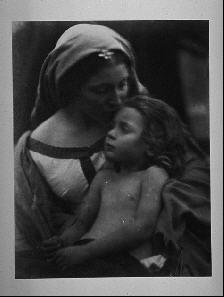
Compare with Raphael's (1483-1520) 'Madonna and Child' (1502):
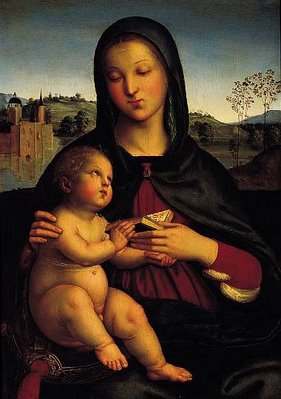
And in the gay context, Baron Wilhelm von Glodden (1856-1931
) loved to make his homoerotic photography more acceptable by casting it in classical terms:

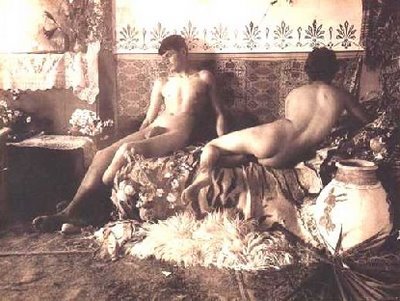
The guy mooning us orientally from the couch in the second photo owes something to Ingre's 'Grand-Odalisque' (1814):

Sadly our guy looks away where Big Od boldly stares us down.
Getting back to the large C19 photo, it is in a long compositional tradition of naked intertwined male figures with a homoerotic flavour. From Michaelangelo's (1475-1564) 'Battle of the Centaurs' (1492):

To Antonio del POLLAIUOLO's (1429/33-98) 'Battle of the Ten Naked Men' (1465-70):

Curiously, artists (for reasons not worth exploring here) do reference the things I've been yakking on about - as in the two images below, where the poofs are getting it on in a classical (if only digital) context:
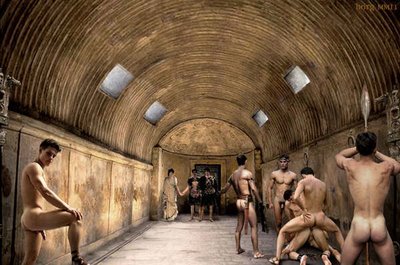

Very nice hard-ons, guys!
The guy on the left seems particularly pleased with his!
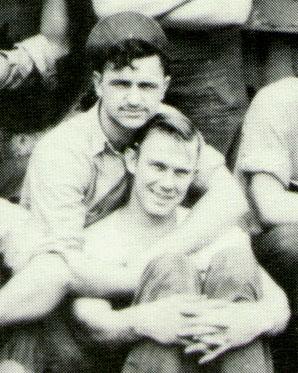
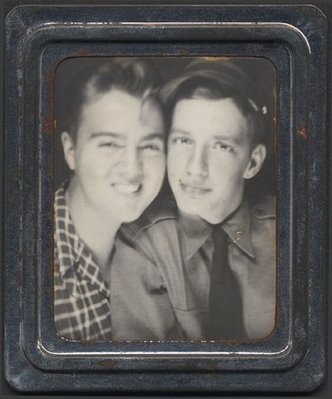



















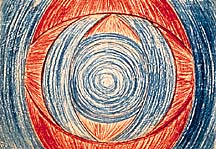
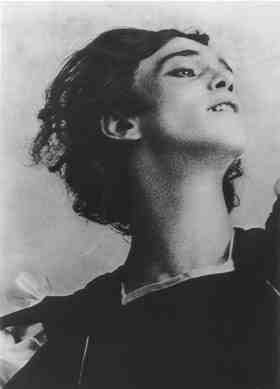

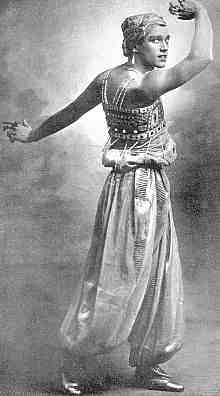
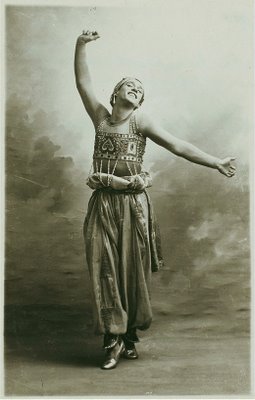
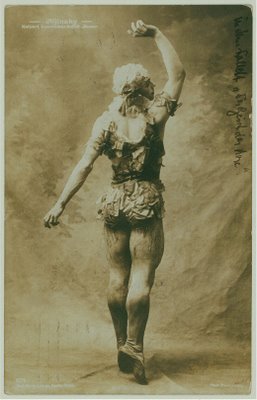




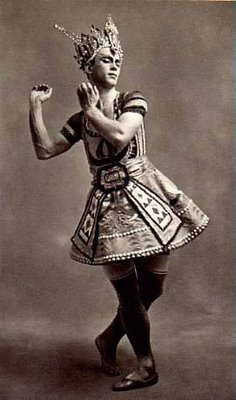
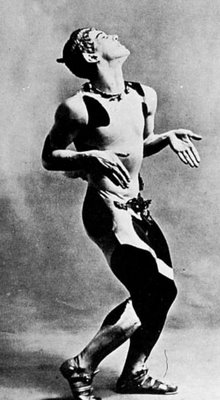

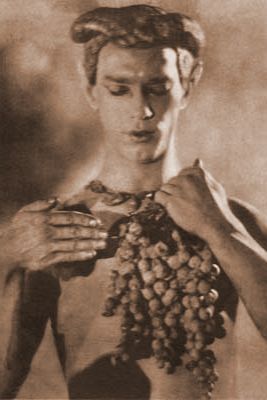



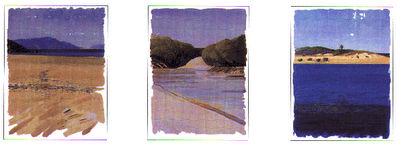
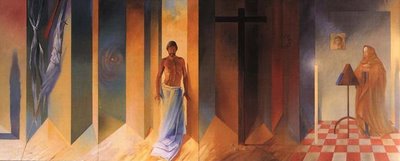

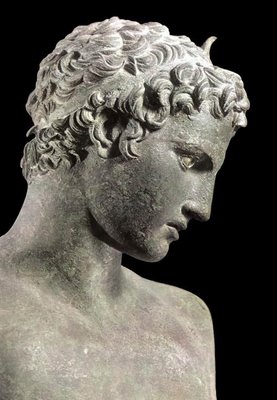


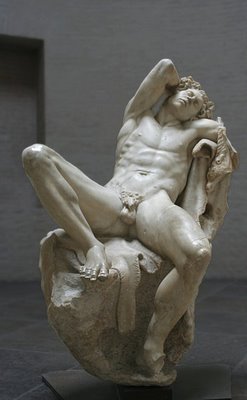







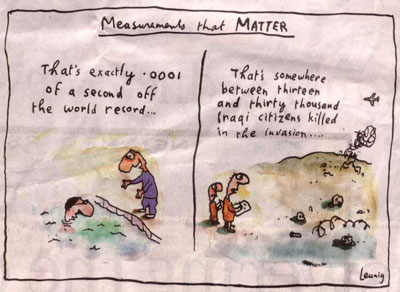



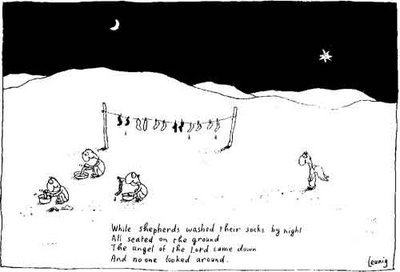






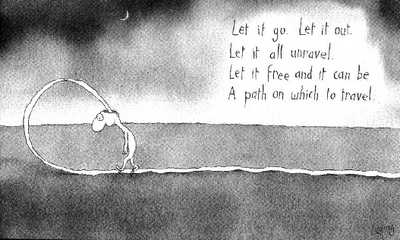
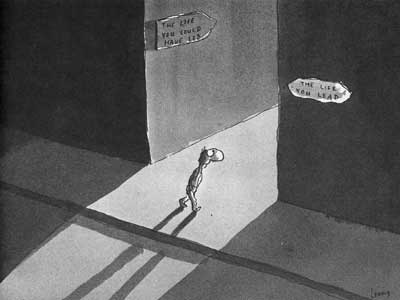
![C18 Bronze Buddha [Southern China]](https://blogger.googleusercontent.com/img/b/R29vZ2xl/AVvXsEioLkgVKuhDoIHQgM1X6Oe2hGn75yqaj4OJXPmNpumXmQPKxB22S57YS5DVrl1P7zl7BS6EFpAtaNZPze7gzVCRiQI54bwdHhVa4fGr7NOChZwTZoo92gUen6tC5U8gWIy_pv92U0FB38M/s1600/Buddha+%255BBronze%252C+C18%252C+China%255D+1.jpg)













+1998+Cropped.jpg)











